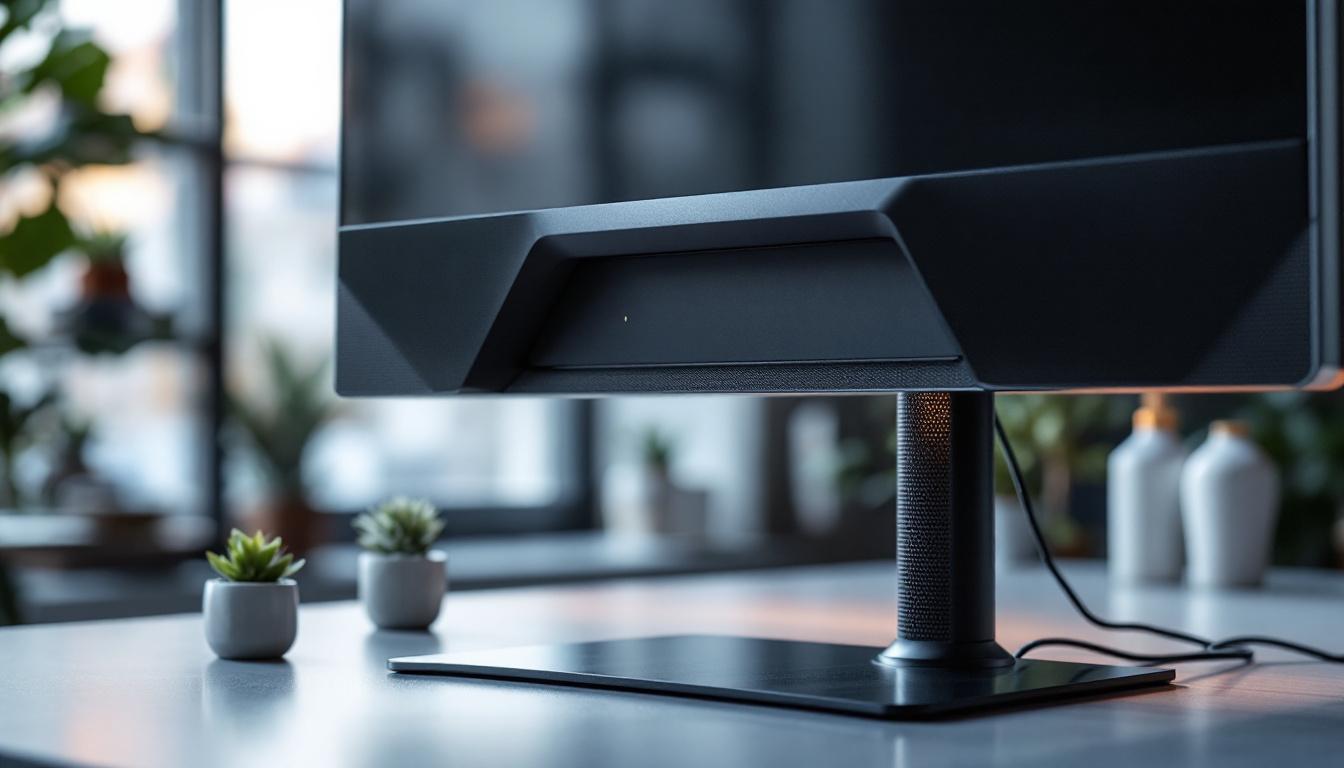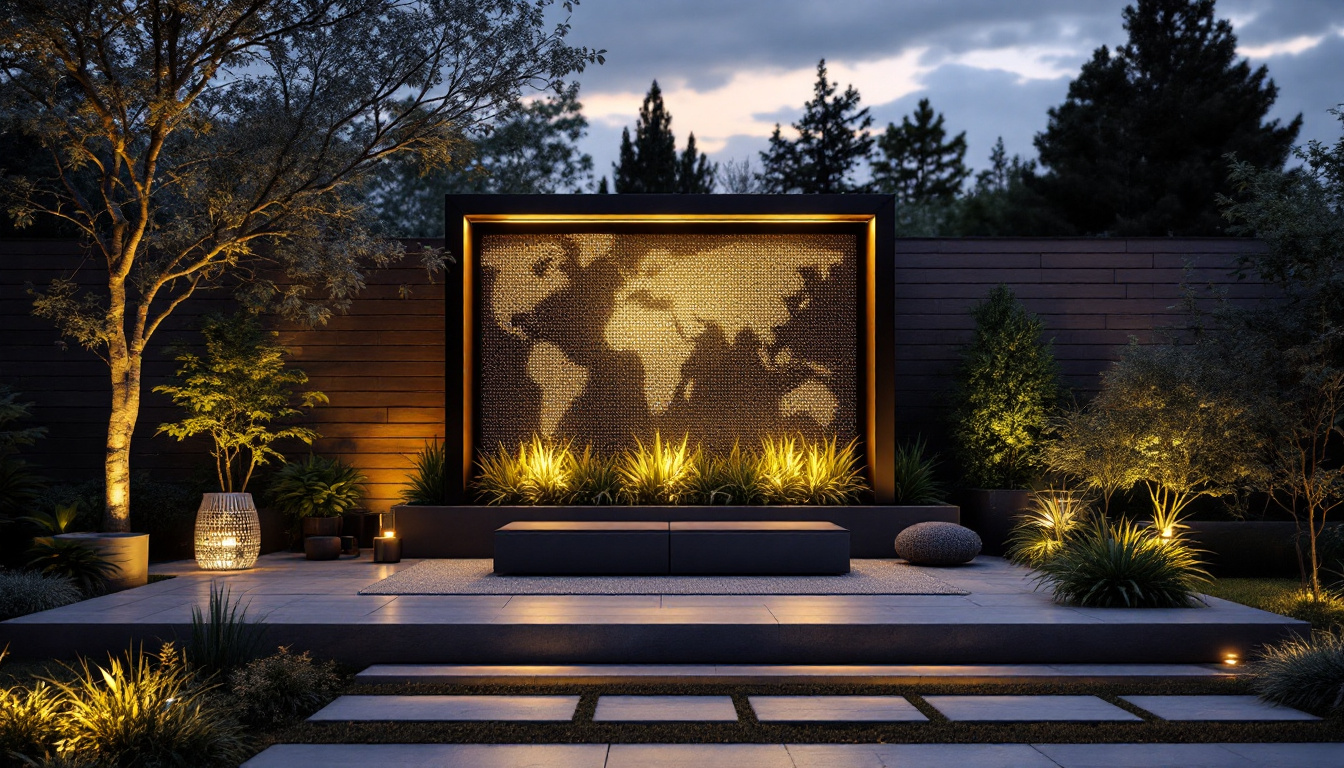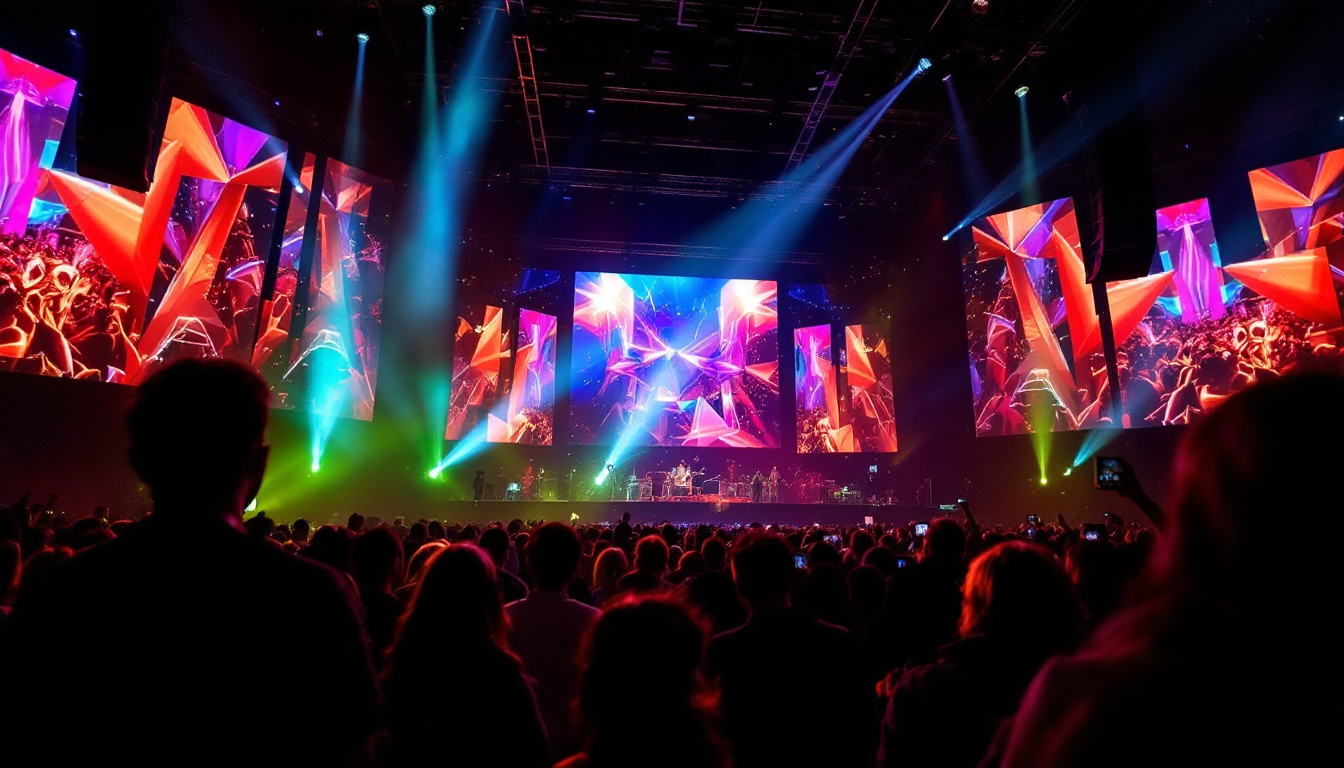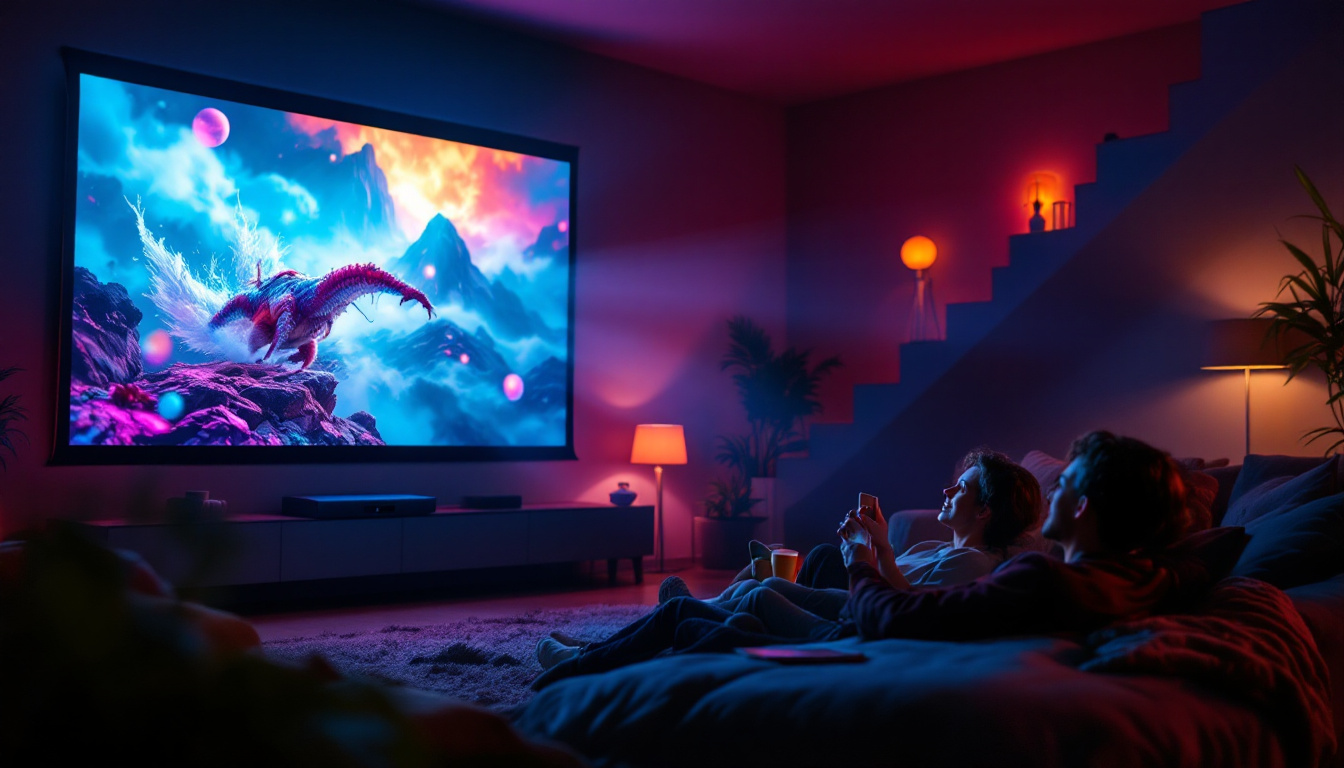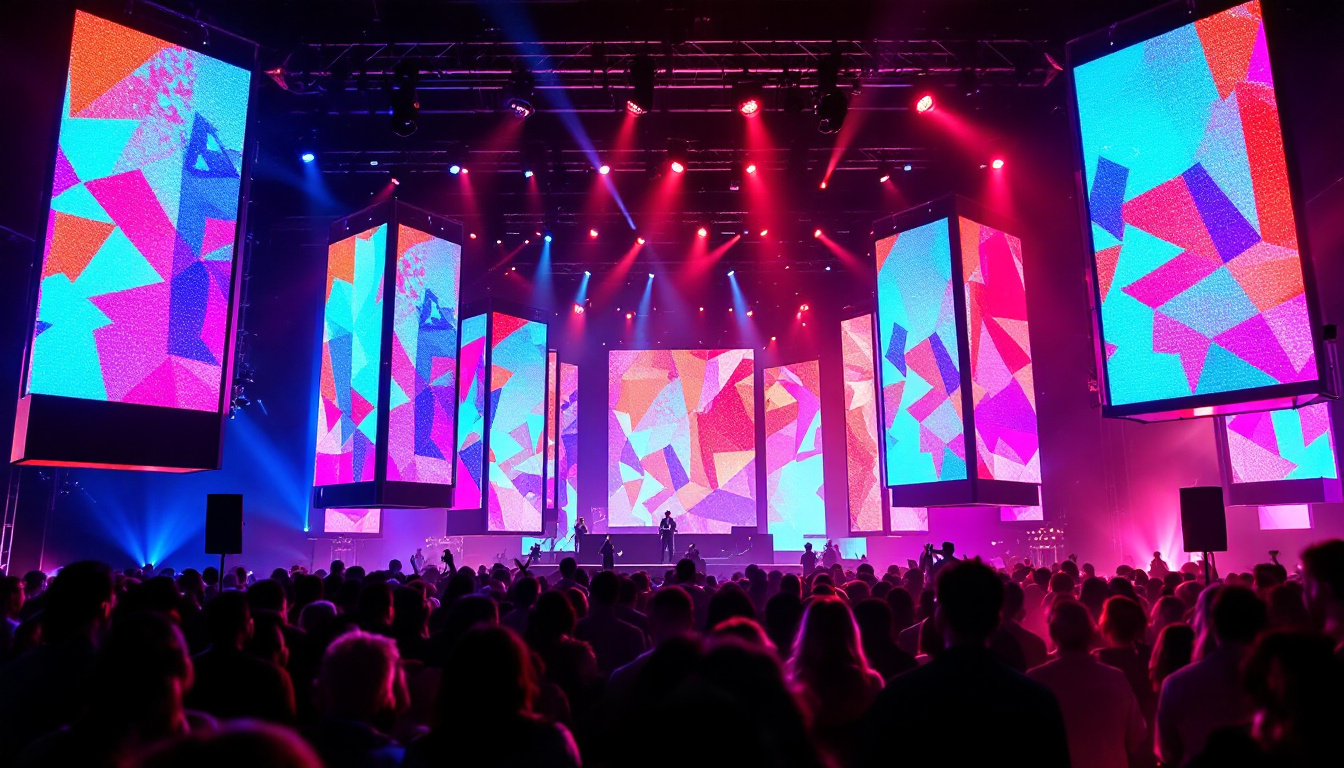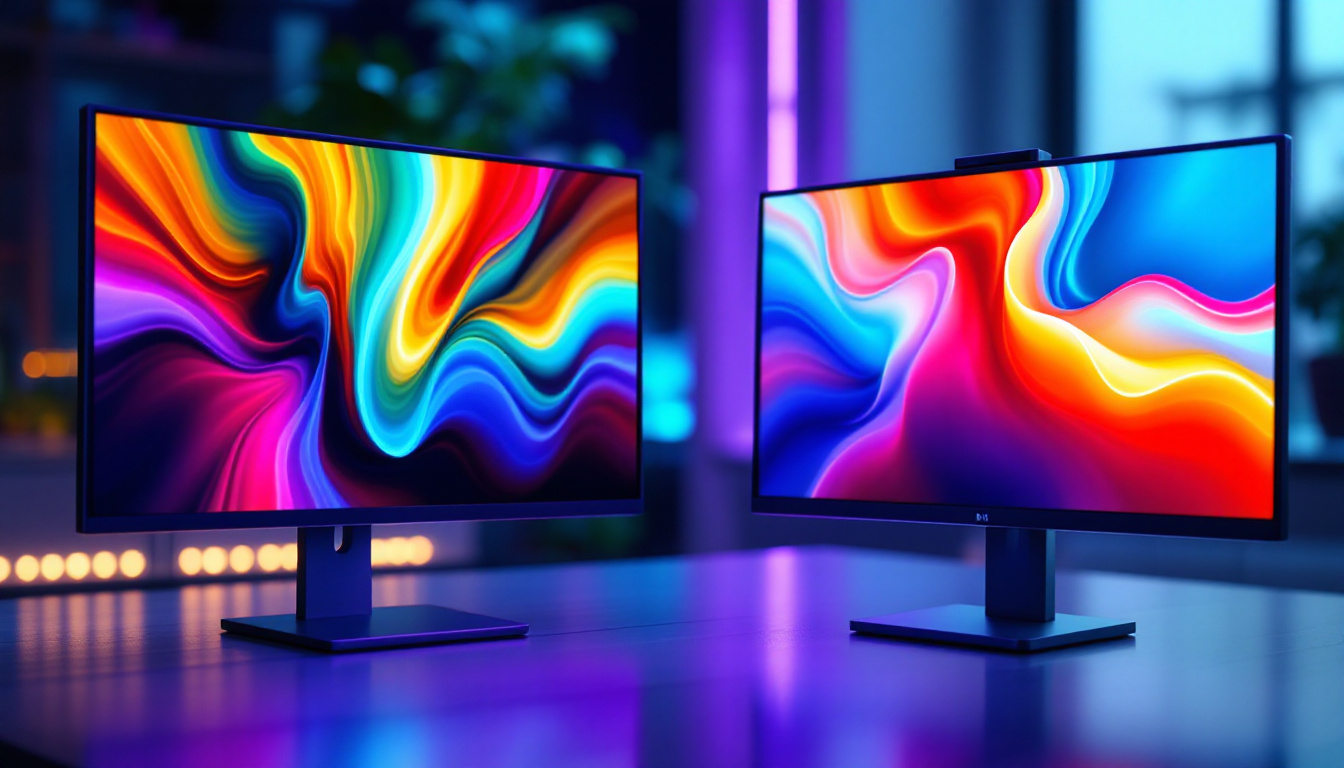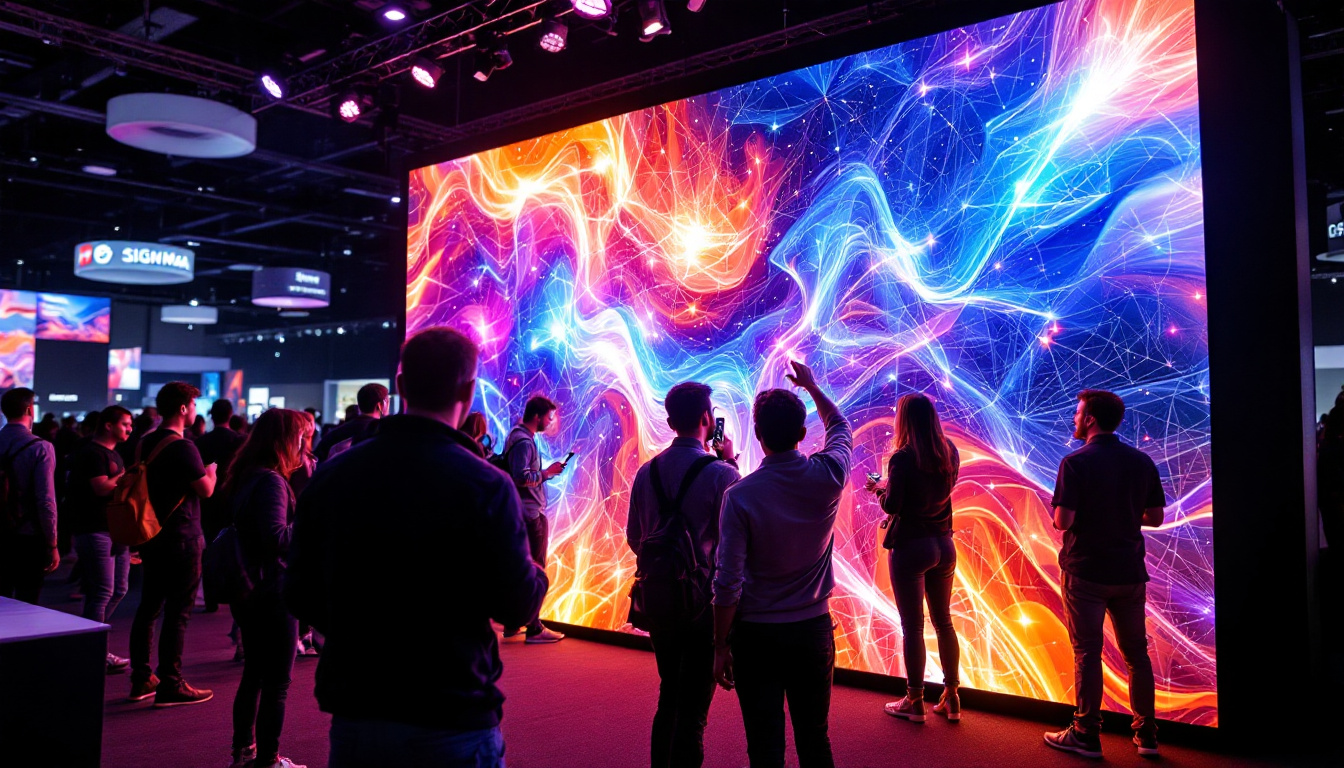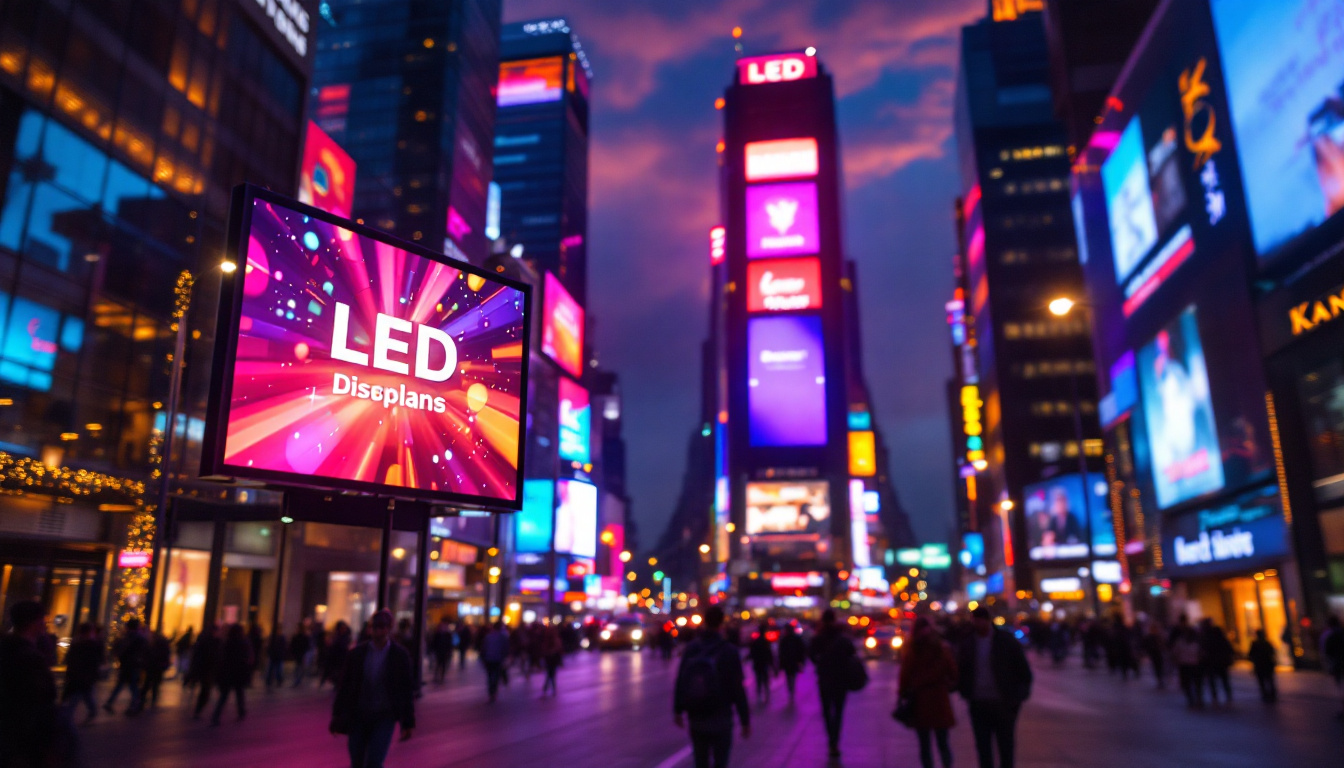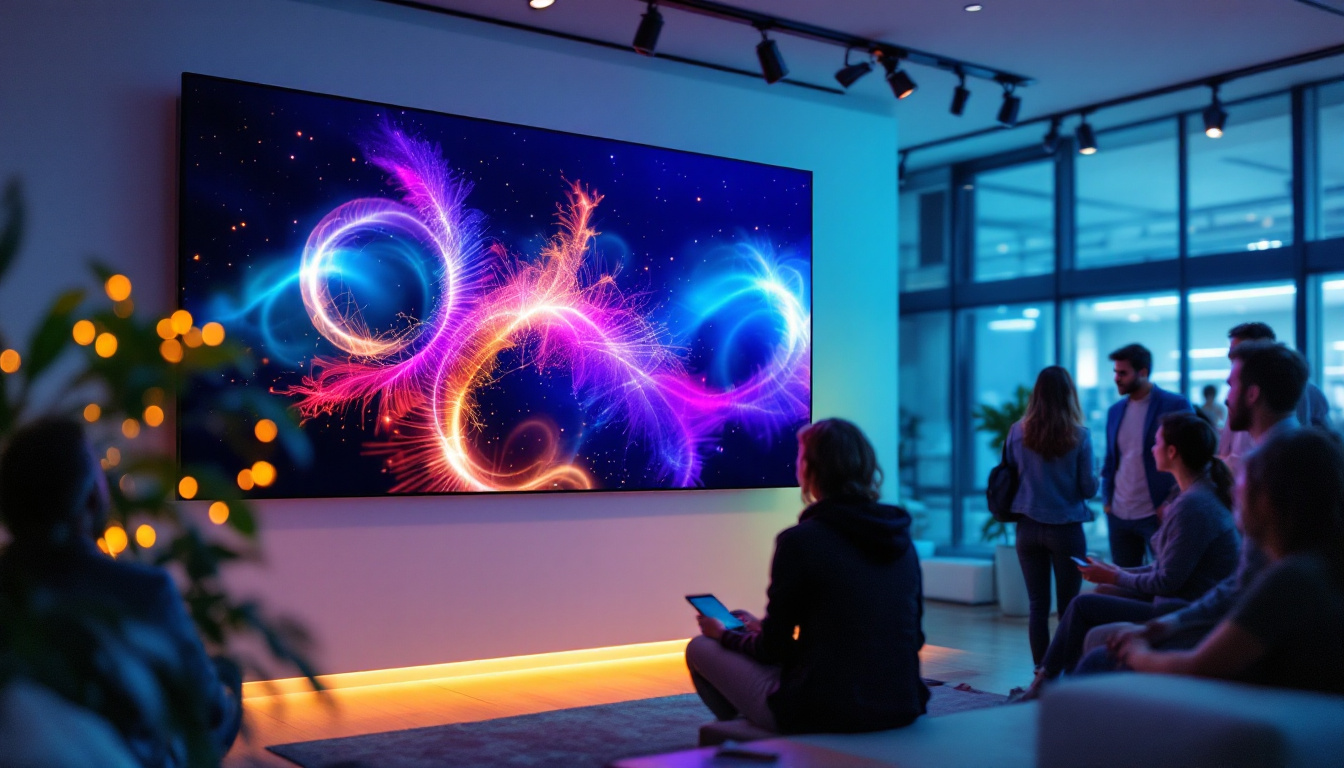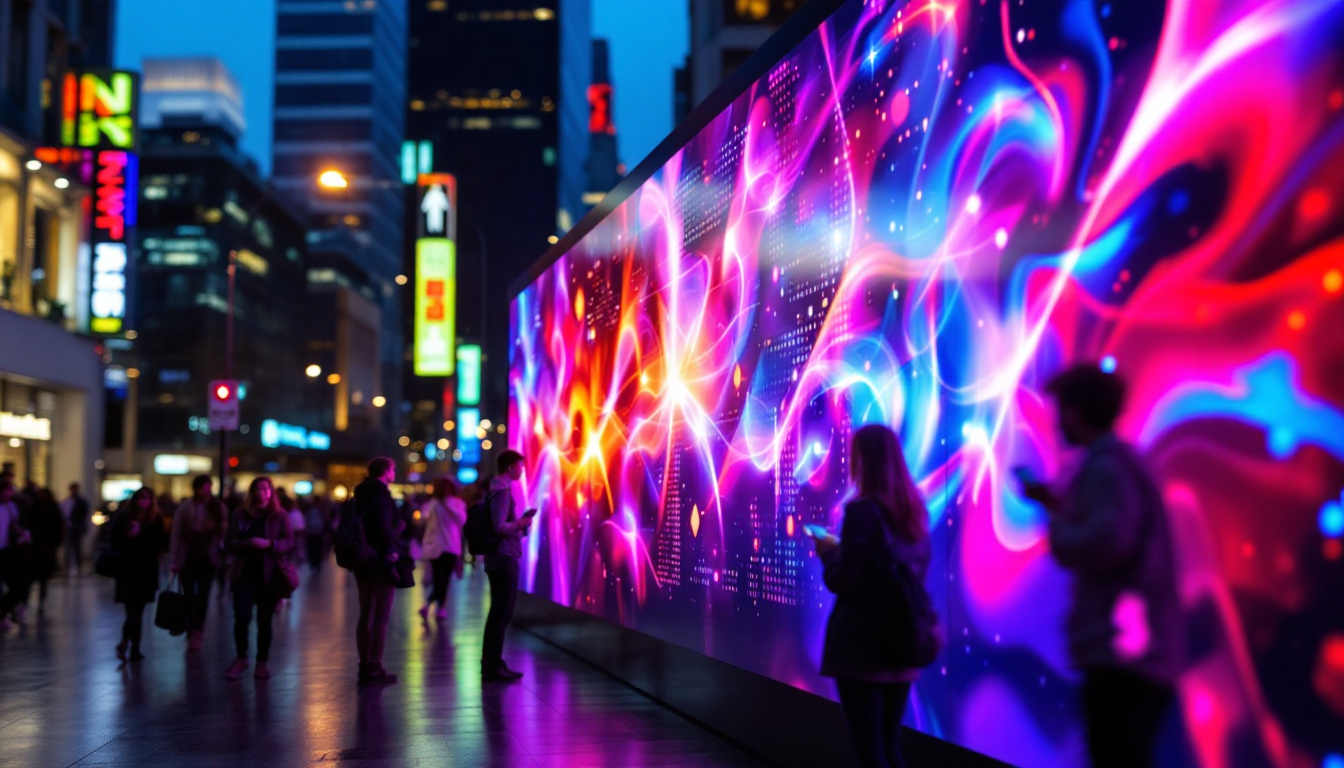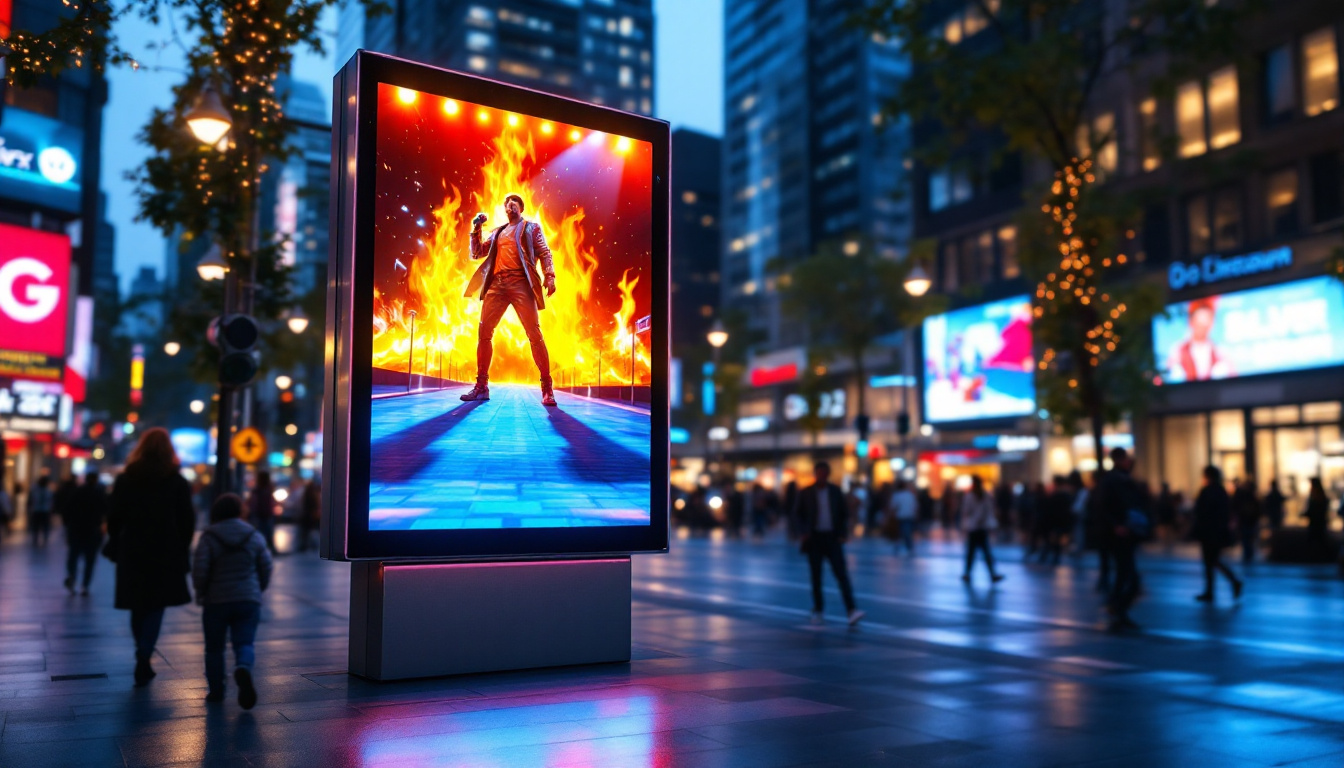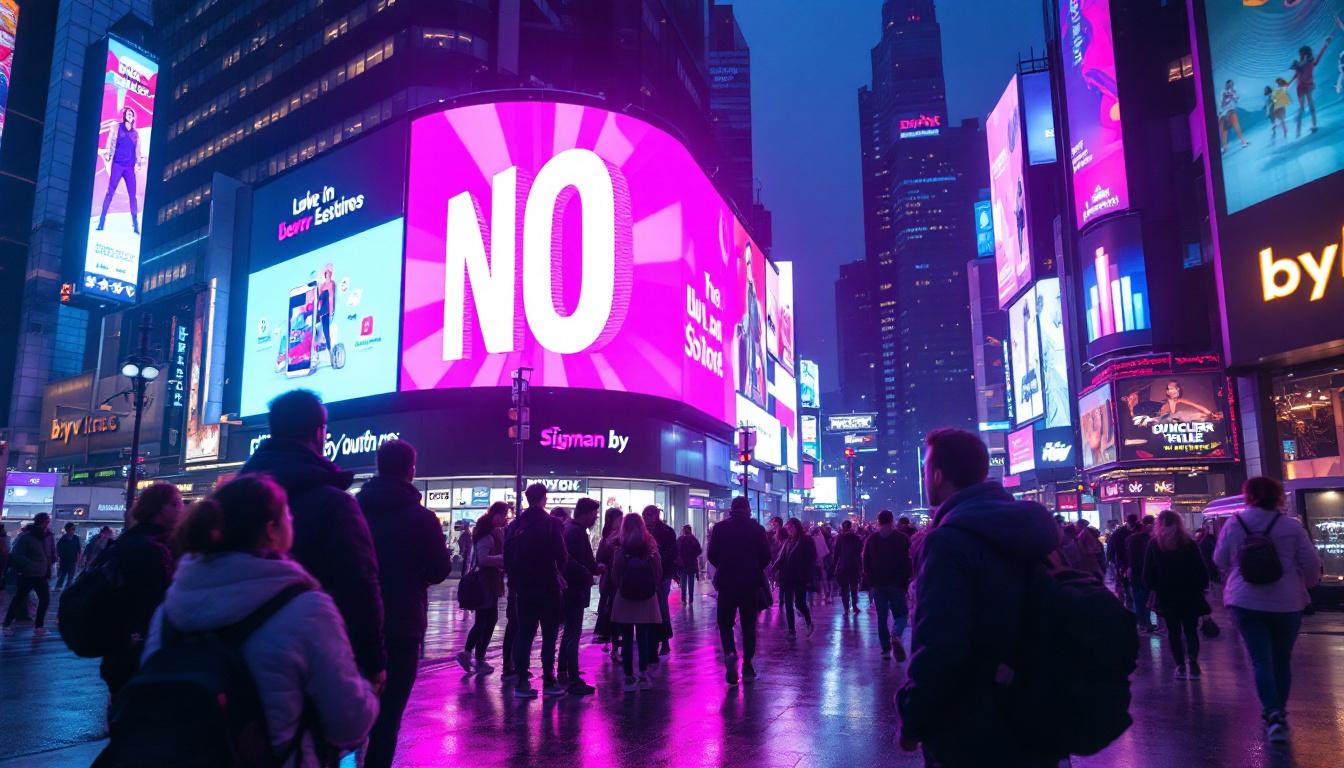In the evolving landscape of display technology, LED displays have become a cornerstone for everything from consumer electronics to large-scale digital signage. Among the many innovations enhancing LED performance and versatility, the concept of the “monitor stand mesh” has emerged as a critical component. This article delves into what a monitor stand mesh is, how it integrates with LED displays, and why it matters for both manufacturers and end-users.
Understanding LED Display Technology
Basics of LED Displays
LED, or Light Emitting Diode, displays use tiny diodes that emit light when an electric current passes through them. Unlike traditional LCDs that rely on backlighting, LED displays produce their own light, resulting in brighter images, better contrast ratios, and improved energy efficiency. This self-illumination makes LEDs ideal for a wide range of applications, from smartphones and monitors to massive outdoor billboards. The ability to achieve vibrant colors and deep blacks without the limitations of backlighting has revolutionized how we experience visual media.
Modern LED displays are composed of thousands to millions of individual LEDs arranged in a matrix. The density of these LEDs, measured as pixel pitch (the distance between the centers of two adjacent LEDs), directly influences the display’s resolution and clarity. For example, a pixel pitch of 1.2mm is common in high-resolution indoor monitors, while larger pitches like 10mm or more are typical for outdoor signage where viewing distances are greater. This pixel density not only affects the sharpness of the images but also plays a crucial role in how the display performs under various lighting conditions, ensuring that the content remains visible and engaging regardless of the environment.
Types of LED Displays
There are primarily two types of LED displays: direct view LED (DVLED) and LED-backlit LCD. DVLED displays consist of LEDs that form the actual image, making them extremely bright and suitable for large-scale applications. LED-backlit LCDs use LEDs as a backlight source behind an LCD panel, offering improved contrast and color accuracy compared to older CCFL backlights. The choice between these two technologies often depends on the specific needs of the application, such as the required brightness, viewing angle, and overall cost considerations.
Within direct view LED displays, the modular design is a key feature. These modules can be assembled into various sizes and shapes, allowing for customization in commercial and entertainment venues. This modularity is where the monitor stand mesh concept gains importance. Additionally, the flexibility of DVLED technology enables the creation of stunning visual experiences, such as curved or even spherical displays that can adapt to the architectural features of a space. This adaptability not only enhances aesthetic appeal but also allows for innovative advertising solutions that capture the attention of passersby in ways that traditional displays cannot. Furthermore, advancements in LED technology continue to push the boundaries of what is possible, with developments in microLED and miniLED technologies promising even greater resolution and efficiency for future applications.
What is a Monitor Stand Mesh in LED Displays?
Definition and Purpose
A monitor stand mesh refers to a structural framework or grid that supports LED display panels, especially in modular setups. It acts as a skeleton that holds individual LED modules securely in place, ensuring precise alignment and stability. This mesh is crucial for maintaining the integrity of the display, particularly in large installations where weight and environmental factors can affect performance.
Beyond structural support, the mesh also facilitates airflow and heat dissipation, which are vital for the longevity and consistent brightness of LED panels. In some designs, the mesh can be customized to accommodate cable management and integration with other hardware components, such as sensors or lighting systems. This thoughtful design not only enhances the aesthetic appeal of the installation but also ensures that maintenance and upgrades can be performed with minimal disruption, allowing for a more seamless user experience.
Materials and Construction
Monitor stand meshes are typically constructed from lightweight yet durable materials like aluminum alloys or steel. Aluminum is favored for its excellent strength-to-weight ratio and corrosion resistance, making it suitable for both indoor and outdoor applications. Steel, while heavier, offers superior rigidity and is often used in permanent installations where structural integrity is paramount.
The mesh design varies depending on the application. For example, fine mesh grids with smaller gaps are used in high-resolution indoor displays to minimize visual obstruction, while larger mesh frameworks are common in outdoor setups where ventilation and weather resistance are prioritized. Additionally, the choice of finish on these materials can impact not only durability but also the overall visual impact of the display. Powder coating, for instance, can provide an extra layer of protection against the elements while allowing for a variety of color options to match branding or aesthetic requirements.
Furthermore, advancements in manufacturing techniques have led to the development of hybrid mesh systems that combine different materials for optimized performance. These innovative designs can incorporate elements like carbon fiber for lightweight applications or stainless steel for enhanced corrosion resistance in harsh environments. This versatility allows for a tailored approach to each installation, ensuring that the monitor stand mesh meets the specific needs of the display while also adhering to safety and regulatory standards.
Integration of Monitor Stand Mesh with LED Displays
Assembly and Installation
During the assembly of an LED display, the monitor stand mesh serves as the foundational platform. LED modules are mounted onto the mesh using precision mounting points, which ensure that each module aligns perfectly with its neighbors. This alignment is critical because even minor misplacements can cause visible seams or distortions in the displayed image.
Installation teams often use specialized tools and software to calibrate the positioning of modules on the mesh, especially for curved or irregularly shaped displays. The mesh’s modular nature also allows for easier maintenance and replacement of individual LED panels without dismantling the entire display.
Heat Management and Durability
LED displays generate heat during operation, and excessive heat can degrade LED performance and lifespan. The open structure of the monitor stand mesh promotes natural airflow, helping to dissipate heat efficiently. Some advanced meshes incorporate active cooling solutions such as integrated fans or heat sinks to further enhance thermal management.
Durability is another consideration. Outdoor displays face challenges like wind load, rain, and temperature fluctuations. The mesh must be engineered to withstand these conditions without warping or loosening, which could compromise the display’s visual quality and safety.
Advantages of Using Monitor Stand Mesh in LED Displays
Enhanced Structural Stability
The primary advantage of a monitor stand mesh is the enhanced structural stability it provides. By distributing the weight of LED modules evenly, the mesh prevents sagging or deformation over time. This stability is especially important for large-scale displays that can span several meters in width and height.
Moreover, the mesh framework simplifies the logistics of transporting and assembling large displays. Modular sections can be pre-assembled on the mesh, reducing on-site installation time and minimizing errors.
Improved Visual Performance
Because the mesh ensures precise alignment of LED modules, it directly contributes to improved visual performance. Uniform pixel placement reduces image distortion, color bleeding, and brightness inconsistencies. This results in a seamless viewing experience, which is critical for applications like broadcast studios, control rooms, and advertising.
Additionally, the mesh design can be optimized to reduce visual obstruction. For transparent or semi-transparent LED displays, the mesh spacing is carefully calibrated to maintain transparency while supporting the display panels.
Flexibility and Customization
Monitor stand meshes offer tremendous flexibility in design. They can be fabricated to accommodate curved screens, irregular shapes, or multi-faceted displays. This adaptability allows creative freedom for architects and designers integrating LED displays into environments such as retail spaces, museums, and event venues.
Custom meshes can also include integrated cable channels, mounting points for accessories, and provisions for quick module replacement, enhancing the overall user experience and reducing maintenance costs.
Applications of Monitor Stand Mesh in LED Displays
Commercial and Retail Displays
In retail environments, LED displays are used for dynamic advertising and interactive customer engagement. Monitor stand meshes enable the creation of large video walls and digital signage that are both visually striking and structurally sound. The ability to customize mesh size and shape allows seamless integration into store architecture, enhancing brand presence.
Broadcast and Control Rooms
Broadcast studios and control rooms demand high-resolution, reliable displays for monitoring and content delivery. The monitor stand mesh ensures that LED panels maintain perfect alignment and consistent brightness, which is essential for accurate color reproduction and image clarity. Modular mesh systems also facilitate quick repairs, minimizing downtime in critical environments.
Outdoor Events and Stadiums
Outdoor LED displays, such as those used in sports stadiums and concerts, require robust support structures to withstand environmental stresses. Monitor stand meshes designed for outdoor use provide the necessary strength and ventilation to maintain performance under harsh conditions. Their modularity also allows for rapid assembly and disassembly, which is vital for temporary event setups.
Future Trends in Monitor Stand Mesh and LED Display Technology
Advancements in Lightweight Materials
Research into new materials such as carbon fiber composites and advanced alloys is pushing the boundaries of monitor stand mesh design. These materials promise even lighter and stronger frameworks, reducing installation complexity and transportation costs while enhancing durability.
Integration with Smart Technologies
Emerging trends include embedding sensors and IoT devices within the monitor stand mesh to monitor environmental conditions, structural integrity, and thermal performance in real-time. This integration can enable predictive maintenance and optimize display performance dynamically.
Enhanced Customization through 3D Printing
3D printing technologies are beginning to influence the fabrication of monitor stand meshes, allowing for intricate designs that were previously impossible. This could lead to bespoke mesh structures tailored precisely to unique architectural requirements and display geometries.
Conclusion
The monitor stand mesh is an indispensable component in the realm of LED displays, providing the structural backbone that ensures stability, performance, and longevity. As LED technology continues to evolve, the role of the mesh will become even more critical, enabling larger, more complex, and visually stunning displays across a variety of industries.
Understanding the technical and practical aspects of monitor stand meshes helps manufacturers, installers, and end-users make informed decisions, ensuring that LED displays deliver their full potential in both functionality and aesthetics.
Discover LumenMatrix’s Innovative LED Display Solutions
Ready to elevate your visual experience with the latest in LED display technology? Look no further than LumenMatrix, where innovation meets excellence. Our diverse range of LED display modules, from Indoor and Outdoor LED Wall Displays to Custom and All-in-One LED solutions, are designed to captivate your audience and amplify your message. Whether you’re looking to enhance brand visibility or create a mesmerizing visual spectacle, LumenMatrix has the expertise to bring your vision to life. Check out LumenMatrix LED Display Solutions today and see how we can transform your space into a dynamic canvas of light and color.

